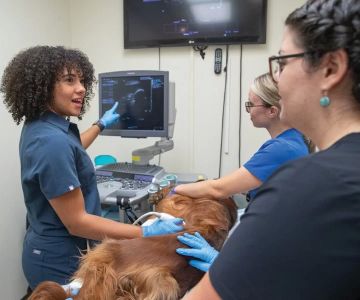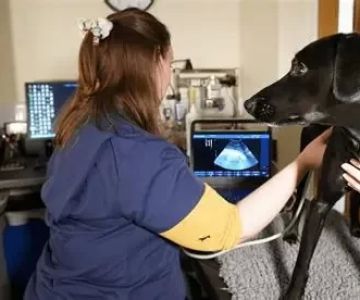- 1-Understanding-the-Importance-of-Valuation
- 2-Common-Methods-to-Value-a-Veterinary-Practice
- 3-Key-Factors-Influencing-Practice-Value
- 4-Real-World-Examples-of-Veterinary-Practice-Valuation
- 5-Maximizing-Value-When-Buying-or-Selling-a-Vet-Practice
1. Understanding the Importance of Valuation
Determining how do you value a veterinary practice is a critical step whether you are buying, selling, or assessing your business. Valuation helps set realistic price expectations and informs negotiation strategies. Accurate valuation reflects not only financial performance but also the practice’s reputation, client base, and future growth potential.
Without a proper understanding of valuation, stakeholders risk undervaluing or overpaying, which can impact long-term success and profitability.
2. Common Methods to Value a Veterinary Practice
There are several established methods to value a veterinary practice. The most common approach is the Income-Based Valuation, which analyzes the practice’s earnings and applies a multiplier to estimate worth. This multiplier often depends on market conditions and risk factors.
Another approach is Asset-Based Valuation, focusing on tangible and intangible assets such as equipment, property, and goodwill. Market Comparisons also provide insight by benchmarking against recently sold practices of similar size and location.
Each method has strengths and is often combined for a comprehensive assessment.
3. Key Factors Influencing Practice Value
Several elements impact how you value a veterinary practice, including:
- Financial Performance: Revenue trends, profit margins, and cash flow stability.
- Client Base: Size, loyalty, and growth potential.
- Location and Facilities: Condition of premises and geographic desirability.
- Staff and Management: Experience and retention rates of veterinarians and support staff.
- Reputation and Market Position: Brand recognition and competitive landscape.
Understanding these factors helps in accurately estimating a vet clinic’s worth.
4. Real-World Examples of Veterinary Practice Valuation
Consider the case of a mid-sized suburban veterinary clinic recently sold after careful valuation. The practice’s solid client retention and high profitability justified a multiplier on the higher end of the spectrum, leading to a successful transaction above initial expectations.
Conversely, a rural practice with aging equipment and declining revenue was valued conservatively, highlighting how situational factors heavily influence worth. These real cases illustrate the complexity behind the question, how do you value a veterinary practice.
5. Maximizing Value When Buying or Selling a Vet Practice
To maximize your practice’s value, maintain transparent and updated financial records, invest in facility upgrades, and cultivate strong client relationships. Prospective buyers should conduct thorough due diligence, including reviewing valuation reports and market trends.
For tailored advice and access to services that assist in veterinary practice valuation and transaction, exploring resources like Hidden Brook Veterinary can be invaluable. Their expertise helps ensure confident, informed decisions whether purchasing or selling.
Understanding how do you value a veterinary practice is essential for achieving fair deals and long-term success in this specialized industry.











